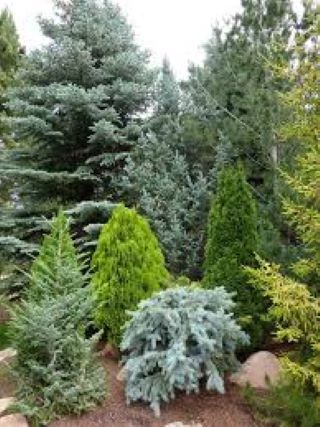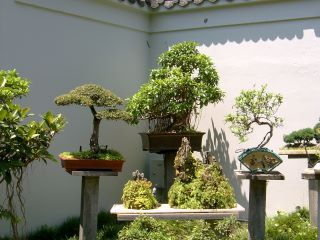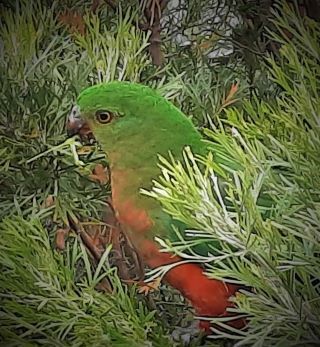"These are a few of my favourite things...!" Conifers!
Before you commence reading today's post a huge shoutout to L.B. in Melbourne and D.B. in Sydney - the latest subscribers who have joined up to the AnArt4Life blog.
As we are now in December, many people are thinking of putting up their Christmas trees (or may have already done it!). Did you know that most Christmas trees are a variety of conifer?
Whether it be the traditional fragrant pine, a spruce or a Douglas fir: whether it be a living tree, from the local Scouts or tree farm, or an artificial one that comes out every year, they are a special tradition.
And there is nothing as picturesque as a snow laden tree in a northern European winter forest.








And so, to steal a line from one of the songs in “The Sound of Music” movie, conifers are “a few of my favourite things,” not just at Christmas, but all year round. I love them because they come in so many shapes, sizes and colours, are very low maintenance and are almost disease free.
There are over 600 species of conifer, with native varieties found in many countries throughout the world, even Australia. Whether they are the tall conifers in parks or forests, (such as the huge Californian Redwood) or 30 cm miniatures grown in suburban gardens, they have a sculptural, textural appeal.
They are great as hedges, or can be used “en masse” to landscape a whole garden, with the colours of blue, green and gold providing interest, and their natural symmetrical shapes providing an order and neatness that almost looks as though they have been topiaryed (or pruned) into those shapes.









The "leaves" of conifers are generally in the form of either needles or scales, rather than the more familiar leaf formation. Close up, their foliage structure is almost as diverse as the number of species of conifers themselves……






Conifers are part of the Gymnosperms, and flowering plants are Angiosperms. Together, these two groups make up 100 percent of species in the Plant Kingdom.1
The difference between them is that conifers don't have flowers and also produce their seeds in cones, rather than inside the fruit of the plant. Just like the endless shapes and colours of conifers themselves, the cones come in a vast variety as well!
There is one group of conifers where the cones sit upright on the branches, rather than hanging down.......do you know what group that is? (We'll tell you the answer at the very bottom of this post!)







Conifers also lend themselves well to the ancient art of bonsai, where the roots, branches and foliage are carefully clipped and wired to restrict their growth, producing perfect miniatures in pots of their much larger counterparts in real life.
Whilst almost any tree can be used in bonsai, the shapes and harmony of conifers give a very artistic result. Anne has shown us some wonderful examples of bonsai in a previous blog click here.



If you would like to learn a little more about the art and meaning of bonsai, you may like to watch the following short video, courtesy of BBC Earth:
Conifers often attract birds, who love to sit in the branches and crack the cones with their sharp, specially designed beaks to get the seeds inside.
Here are some photos I took of some parrots in the conifers in my garden at home...



I hope you have come to like conifers as much as I do! And the answer to the question of which conifers have their cones sitting on top of the branches, like candles, is.... Firs!
We leave you now with the images taken by Michael Nichols for the National Geographic magazine. It is of a 1,500 year old Sequoia Redwood in California.......so large it took a year to plan how to get it all into one photo!
Footnotes:
- With thanks to Wikipedia
